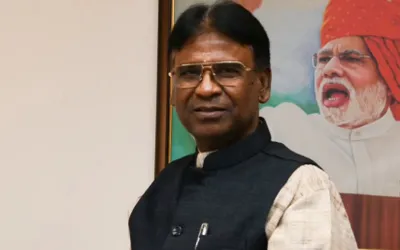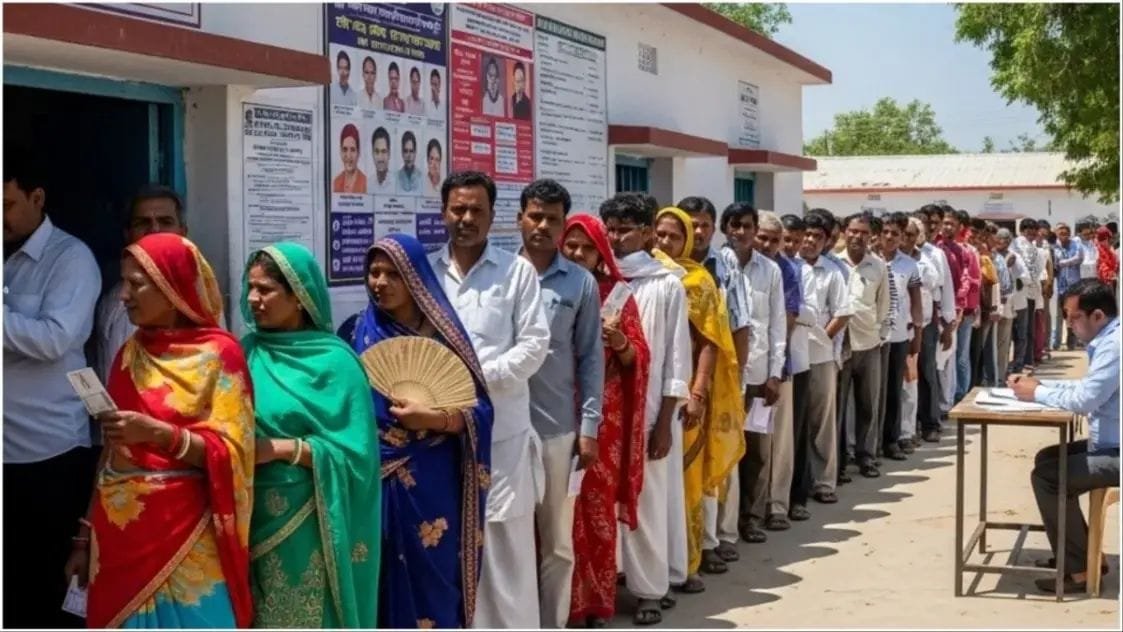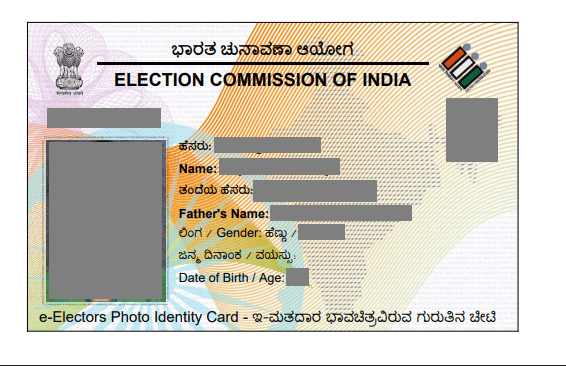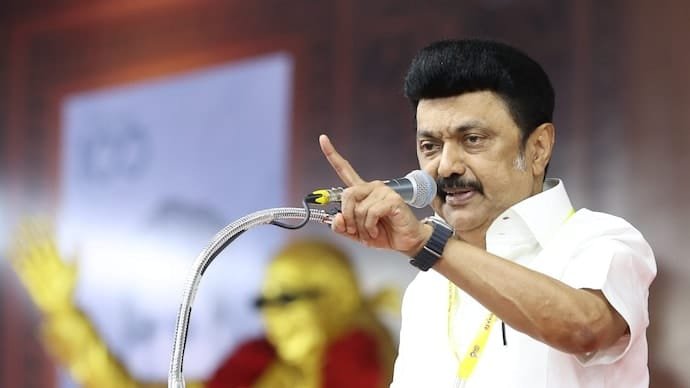Nepal, nestled in the Himalayas, has long been a buffer state between two Asian giants—India and China. For decades, India held a predominant position in Nepal’s political, economic, and cultural landscape. However, in recent years, this dynamic has been shifting, with Nepal leaning toward a more independent foreign policy and strengthening ties with China and other global powers. This shift is a direct consequence of India’s foreign policy missteps, China’s strategic maneuvers, and Nepal’s internal political evolution.
Historical Context of India-Nepal Relations
India and Nepal share deep historical, cultural, and religious ties. The 1950 Indo-Nepal Treaty of Peace and Friendship established close political and economic cooperation. India has been a major player in Nepal’s infrastructure, energy, and trade sectors. However, the relationship has been fraught with issues of mistrust and a perception of Indian interference in Nepal’s internal affairs.
Signs of Strained Relations
- The 2015 Blockade
The turning point in India-Nepal relations was the unofficial blockade in 2015, following Nepal’s promulgation of a new constitution. India’s displeasure with the constitution’s provisions concerning the Madhesi community led to a humanitarian crisis as supplies from India were cut off. The blockade not only strained bilateral relations but also pushed Nepal to diversify its trade and transit routes, turning to China.
- Territorial Disputes
In 2019, India released a new political map following the abrogation of Article 370 in Jammu and Kashmir, which included the disputed Kalapani region as part of Indian territory. This move triggered a strong reaction from Nepal, leading it to publish its own map incorporating Kalapani, Lipulekh, and Limpiyadhura as part of Nepal. This territorial standoff further strained ties.
- Perception of Indian Hegemony
Nepal has often accused India of treating it as a subordinate state rather than an equal partner. This perception of Indian hegemony has fueled anti-India sentiments in Nepal, particularly among younger generations and nationalist groups.
The Role of China
China’s Belt and Road Initiative (BRI) and strategic investments in Nepal have significantly altered the regional dynamics. China has focused on infrastructure development, including roads, railways, and hydropower projects, to enhance connectivity between the two nations. Key developments include:
- Trans-Himalayan Connectivity:
China’s plans to extend the Qinghai-Tibet Railway to Nepal reflect its intent to deepen economic and strategic ties. The railway is envisioned as a lifeline connecting Nepal to China’s trade networks, reducing dependence on India. - Economic Assistance:
China has overtaken India as the largest source of foreign direct investment (FDI) in Nepal. Beijing’s grants and loans for major infrastructure projects like airports and highways have enhanced its influence. - Soft Power and Political Engagement:
China has actively engaged with Nepalese political parties, offering training and fostering ideological alignment. This engagement has further diminished India’s clout in Nepalese politics.
Recent Developments (2023-2024)
- Nepal’s Foreign Policy Shift
Nepal has increasingly adopted a balanced foreign policy, seeking to reduce dependence on any single neighbor. Prime Minister Pushpa Kamal Dahal’s recent visits to China and India highlight Kathmandu’s efforts to maintain equidistance between the two powers.
- China’s Growing Presence
In 2023, China inaugurated key infrastructure projects in Nepal, including the Pokhara International Airport, built under the BRI framework. The airport symbolizes Nepal’s growing reliance on Chinese infrastructure.
- U.S. Involvement
The U.S. has also emerged as a key player in Nepal, offering financial aid through the Millennium Challenge Corporation (MCC) compact. While India views U.S. engagement as a counterbalance to China, it also complicates the regional power dynamics, reducing India’s exclusive influence in Nepal.
- Border Tensions with India
The construction of new infrastructure by India along the Mahakali River and the Kalapani area has reignited border disputes. Nepalese protests against these developments have kept the issue alive in public discourse.
- Energy Trade
India remains a significant player in Nepal’s energy sector. However, recent delays in completing joint hydropower projects and disputes over energy pricing have strained relations. Meanwhile, China has aggressively invested in Nepal’s hydropower projects, offering attractive financial terms.
The Himalayan Chessboard
- Geopolitical Rivalry
Nepal’s strategic location makes it a focal point in the broader India-China rivalry. For China, Nepal serves as a critical component of its Himalayan strategy, ensuring influence over South Asia and access to markets. For India, Nepal remains essential for regional security and maintaining its sphere of influence.
- Domestic Politics in Nepal
Nepal’s political instability has created opportunities for external powers to exert influence. Frequent changes in government often lead to inconsistent foreign policies, which India has struggled to navigate effectively.
- Economic Leverage
While India still dominates Nepal’s trade, China’s growing economic clout is reshaping this dependency. Nepal’s increasing exports to China and reliance on Chinese loans reflect this shift.
Recommendations for India
To regain its influence in Nepal, India needs to recalibrate its approach:
- Respect Nepal’s Sovereignty:
India must adopt a more respectful and non-interfering stance in Nepal’s internal affairs to rebuild trust. - Resolve Border Disputes:
Prioritizing a resolution to territorial disputes through dialogue will demonstrate India’s commitment to maintaining harmonious ties. - Accelerate Infrastructure Projects:
India should expedite the completion of promised infrastructure and energy projects to compete with China’s investments. - Strengthen People-to-People Ties:
Cultural and educational exchanges, as well as easing travel restrictions, can foster goodwill. - Strategic Communication:
India should effectively communicate its contributions and intentions to counter anti-India narratives in Nepal.
India’s waning influence in Nepal is a wake-up call for New Delhi. The Himalayan nation, once considered a natural ally, is diversifying its partnerships and asserting its independence. While China’s growing presence poses a strategic challenge, India’s approach has also contributed to this shift. To reclaim its lost ground, India must embrace a more nuanced and cooperative strategy that aligns with Nepal’s aspirations. In the Great Game of the Himalayas, the stakes are higher than ever, and India must act swiftly to secure its position.












